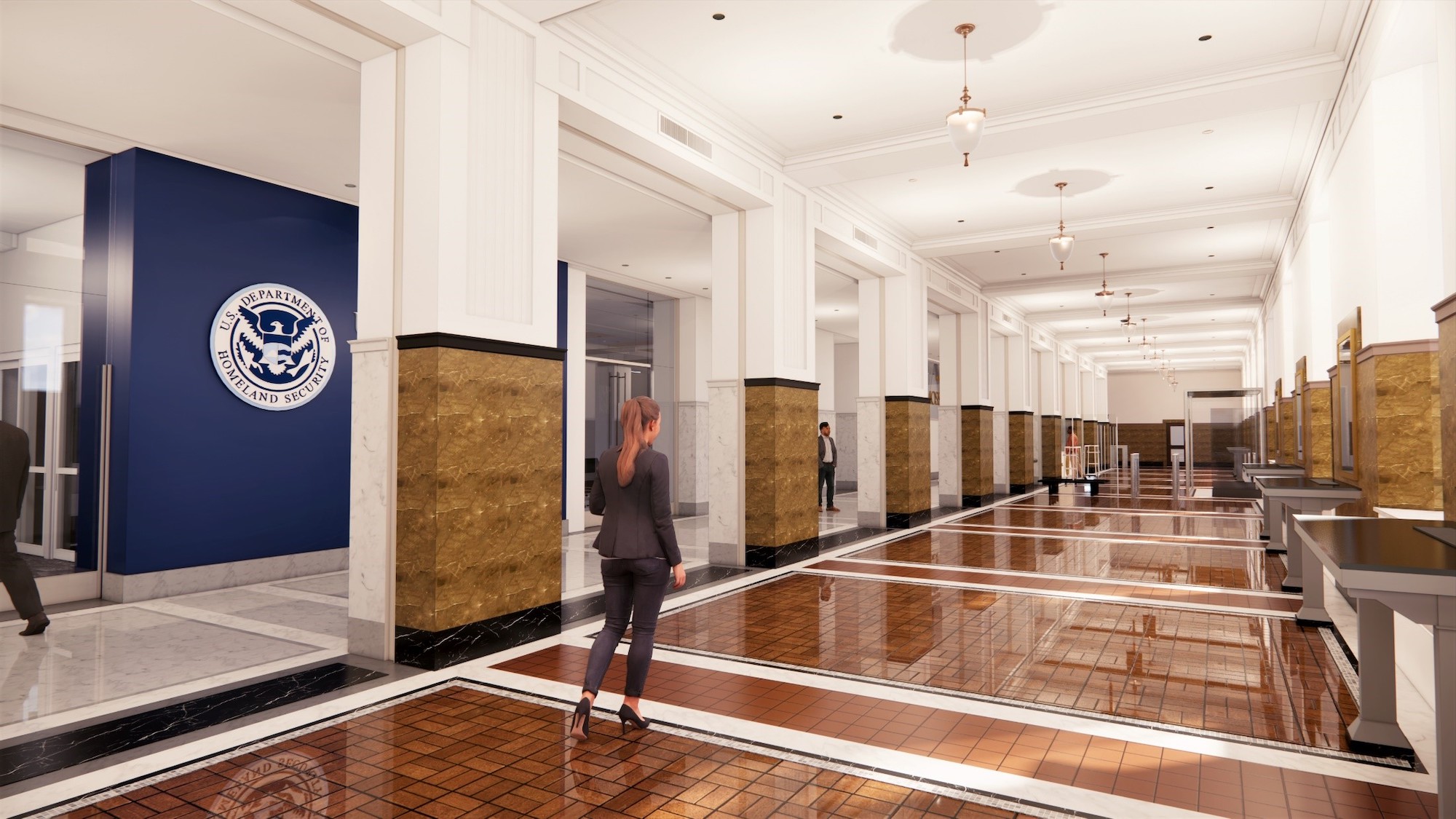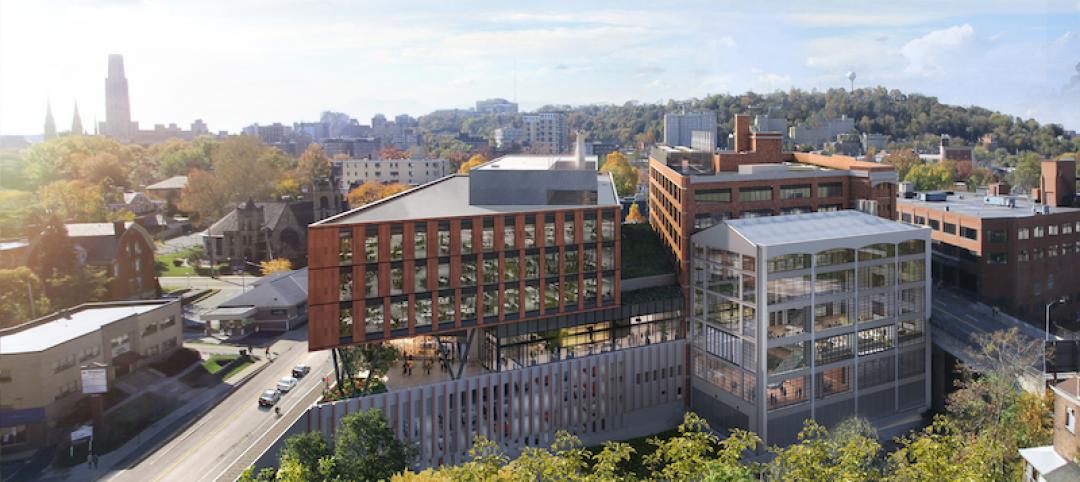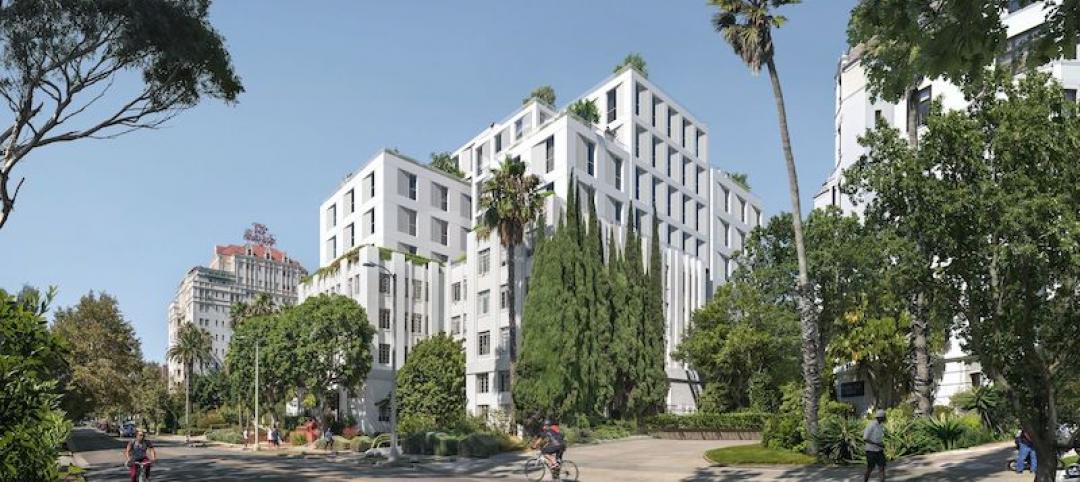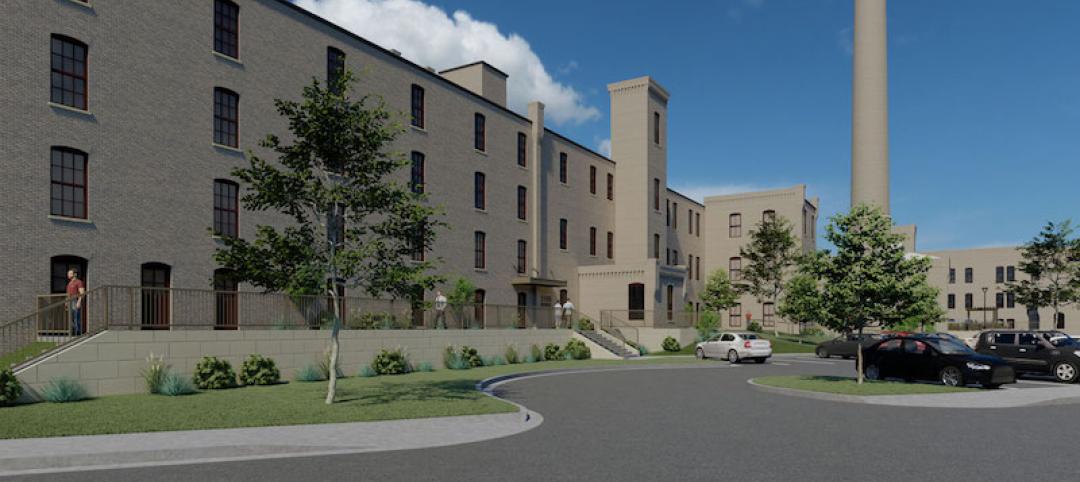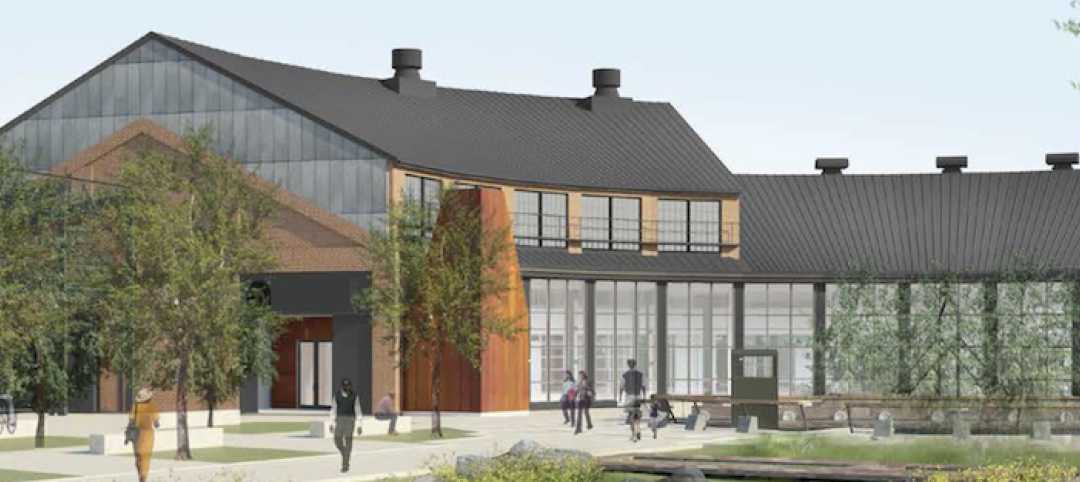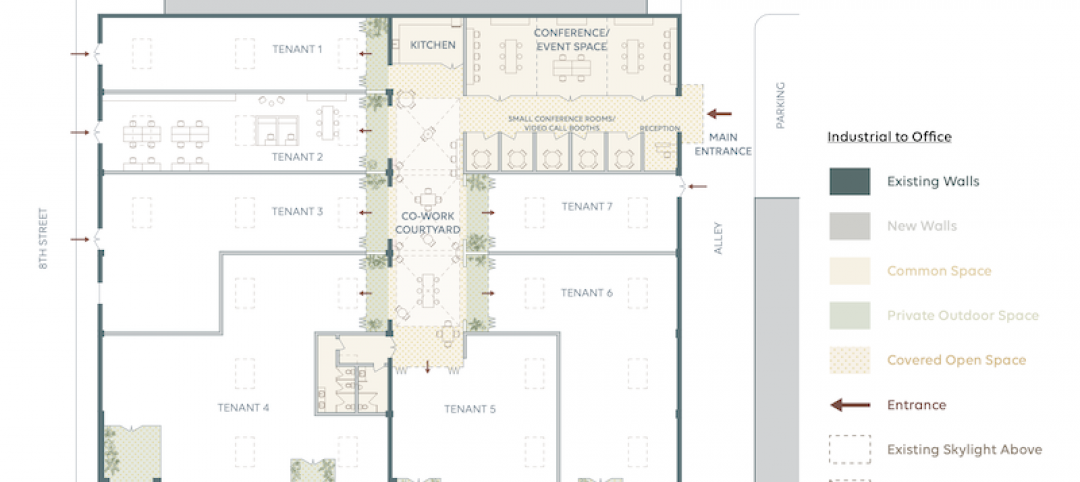In downtown Salt Lake City, the Frank E. Moss U.S. Courthouse is being transformed into a modern workplace for about a dozen federal agencies. By providing offices for agencies previously housed elsewhere, the adaptive reuse project is expected to realize an annual savings for the federal government of up to $6 million in lease costs.
Built in 1905 as a federal courthouse and post office, the building underwent renovations and expansions in 1912 and 1932. By 2020, the building sat largely vacant. Its unreinforced masonry construction and its proximity to the Wasatch Fault made it the most at-risk building in the U.S. General Services Administration’s entire portfolio, according to a statement from HOK.
The design by HOK and Trivers Associates restores the building’s terrazzo, marbled lobbies and corridors, and wood-paneled courtrooms to their original quality. The project team is working both to preserve the building and to create a “building within a building” that meets the latest federal earthquake risk management standards.
The seismic upgrades include reinforced concrete shear walls and thousands of epoxy dowels added to the existing masonry walls, as well as new foundations and steel collector elements below each floor to tie the original building with two additions.
Costing a reported $116 million, the 250,000-sf project also will provide the latest workplace technology and amenities, including breakout rooms, lounges, and cultural galleries. Wellness features include indoor bicycle parking, showers, and lactation and wellbeing rooms on every floor.
The building, which is targeting LEED Gold certification, will use 50% less energy and 30% less water than a similarly sized building, and it will reduce embodied carbon by 59% compared to a new replacement building. A chilled-beam heating/cooling system will reduce airborne particulates, improve efficiency, and lower carbon emissions.
On the Building Team:
Owner: U.S. General Services Administration
Design architect and architect of record: HOK
Historic architect: Trivers Associates
MEP/FP engineer: HOK, Spectrum Engineers, Henderson Engineers
Structural engineer: HOK, SGH, Dunn Associates
Construction: Big D, Jacobs

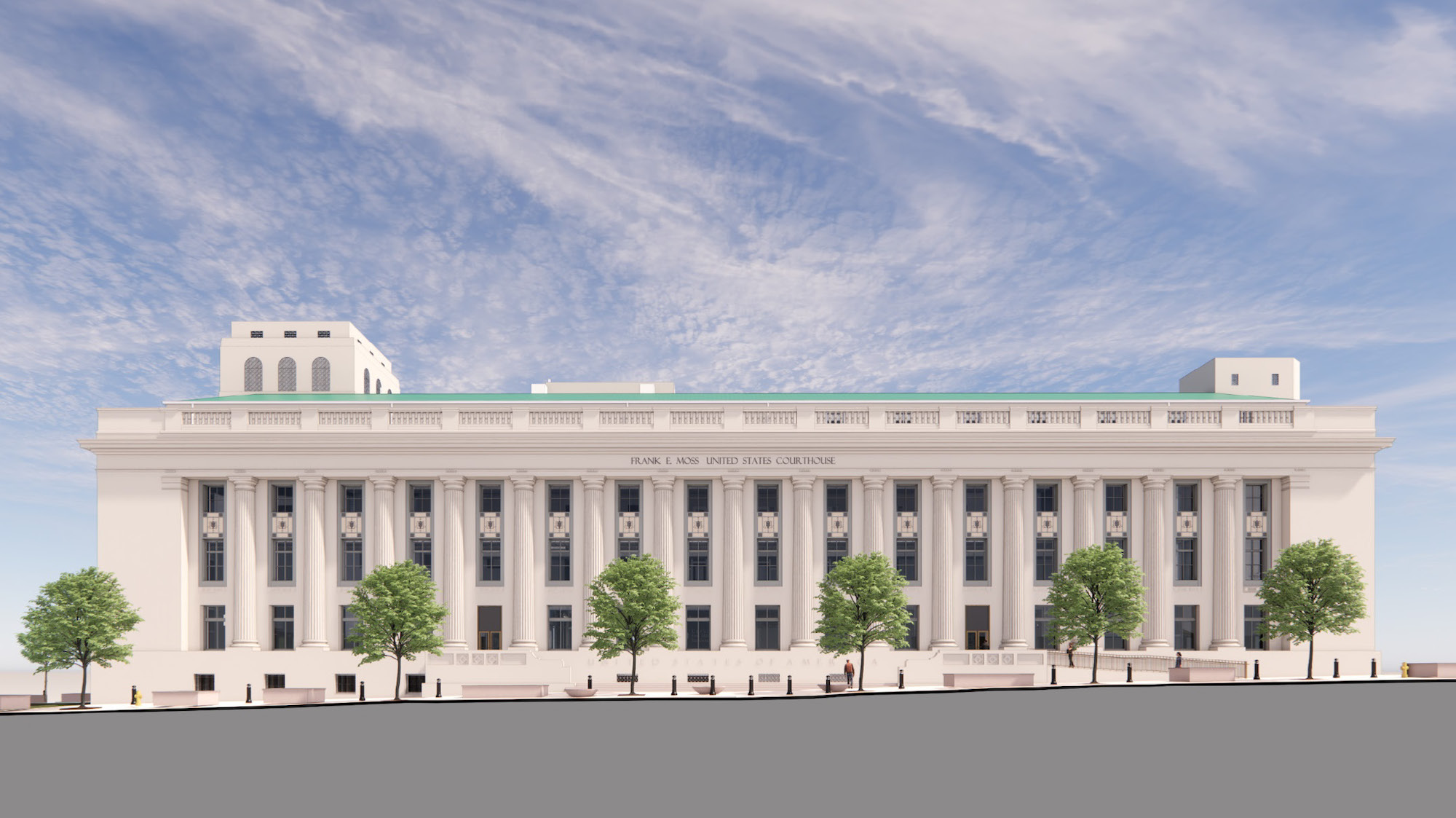
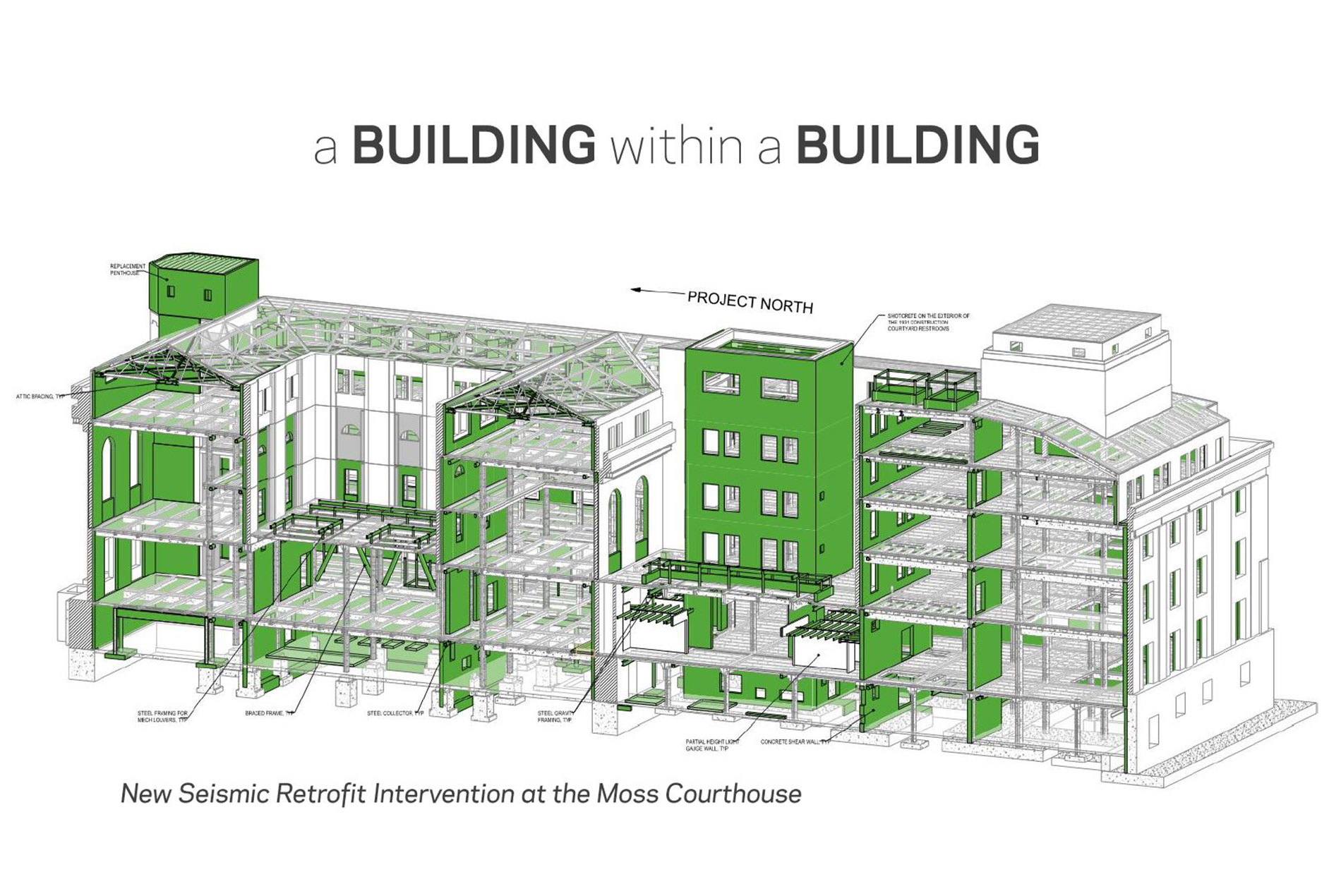
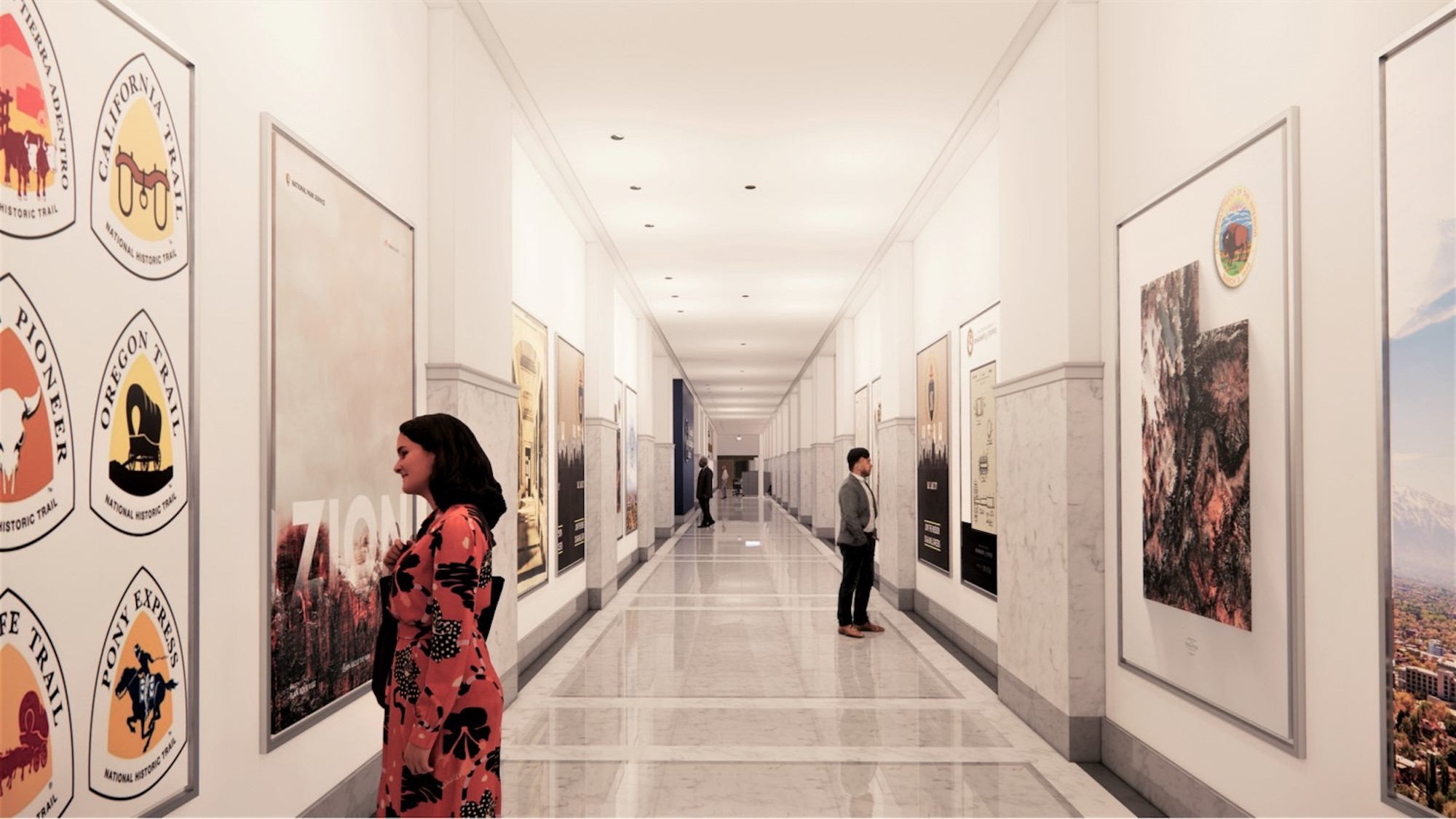
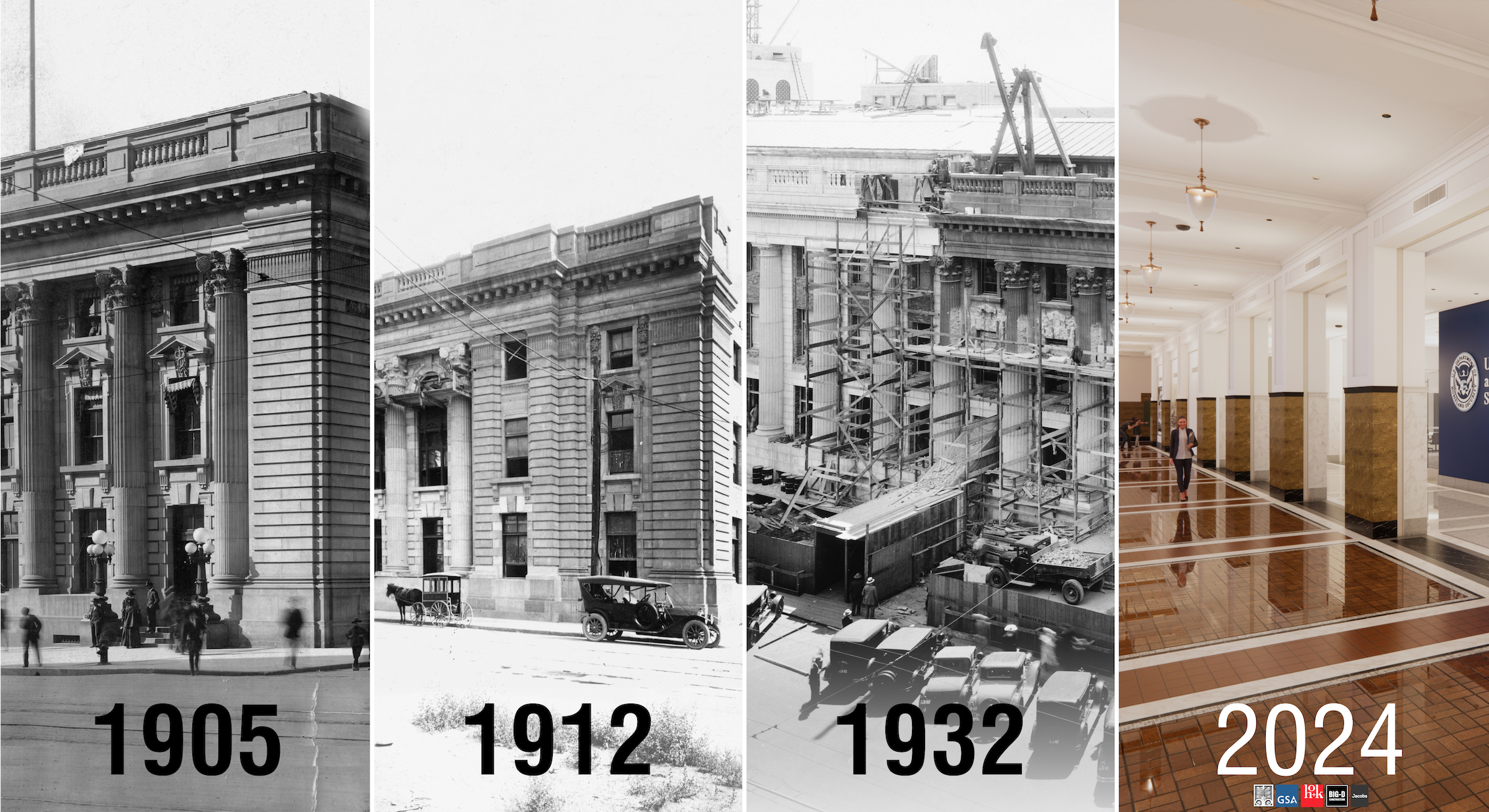
Related Stories
Adaptive Reuse | Jun 2, 2021
An old Ford factory in Pittsburgh is being adapted to become a biomedical research facility
This is the latest step in the city’s post-industrial resurgence.
Adaptive Reuse | Apr 15, 2021
The Weekly Show, Apr 15, 2021: The ins and outs of adaptive reuse, and sensors for real-time construction monitoring
This week on The Weekly show, BD+C editors speak with AEC industry leaders from PBDW Architects and Wohlsen Construction about what makes adaptive reuse projects successful, and sensors for real-time monitoring of concrete construction.
Adaptive Reuse | Feb 24, 2021
Adaptive reuse project brings co-living space to Los Angeles’s Hancock Park
Lorcan O’Herlihy Architects is designing the project.
Adaptive Reuse | Feb 14, 2021
Three adaptive reuse projects will add housing in Wisconsin
Historic tax credits helped pave the way, but preservation required creative solutions.
Multifamily Housing | Jan 20, 2021
Abandoned Miami hospital gets third life as waterfront condo development
The 1920s King Cole Hotel becomes the Ritz-Carlton Residences Miami in the largest residential adaptive reuse project in South Florida.
Adaptive Reuse | Dec 17, 2020
A train engine repair building is turned into an innovation center that’s part of a massive riverfront redevelopment in Pittsburgh
The adaptive reuse of the Roundhouse is the latest step forward for Hazelwood Green.
Adaptive Reuse | Oct 26, 2020
Mall property redevelopments could result in dramatic property value drops
Retail conversions to fulfillment centers, apartments, schools, or medical offices could cut values 60% to 90%.
Adaptive Reuse | Oct 22, 2020
A Los Angeles design firm reimagines urban workplaces, multifamily buildings, and warehouses
Omgivning conjures varieties of adaptive-reuse concepts.
Adaptive Reuse | Jul 29, 2020
Two Indianapolis schools find new digs in a long-dormant factory
Adaptive reuse preserved many of the building’s original features.
Coronavirus | May 18, 2020
Will empty hotels provide an answer for affordable housing shortage?
A Los Angeles-based startup sees the Midwest as most fertile for adaptive reuse.


